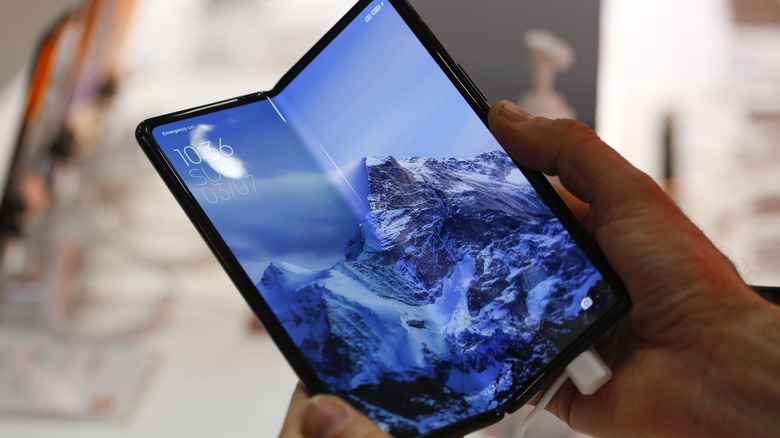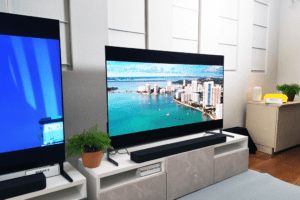The debate between foldable phones and traditional tablets has reached a critical juncture, revealing complex trade-offs between versatility, performance, and cost. Recent analysis suggests that while foldable phones offer unprecedented convenience, tablets still maintain significant advantages, particularly in terms of value and specific use cases.
The current landscape of foldable devices, including flagship models like the Galaxy Z Fold 6, OnePlus Open, and Pixel 9 Pro Fold, showcases impressive technological achievements with their powerful processors and innovative form factors. These devices effectively serve as both smartphones and tablets, powered by cutting-edge processors like the Snapdragon 8 Gen 3, offering performance that matches or exceeds many traditional tablets.
However, the market for small, powerful tablets has become increasingly limited, with Lenovo’s Legion Y700 standing as one of the few options featuring an 8.8-inch screen and flagship specifications. The scarcity of such devices in markets like the United States forces consumers to resort to international imports, adding complexity and cost to the purchasing process.
The software experience on foldable phones has evolved significantly, with manufacturers like Samsung, Google, and OnePlus developing sophisticated multitasking capabilities. Samsung’s DeX mode, in particular, demonstrates the potential for foldables to serve as laptop replacements, though with some limitations compared to their tablet counterparts. The Pixel 9 Pro Fold, for instance, faces restrictions in external display functionality that its non-folding siblings don’t share.
Stylus support represents another crucial differentiator between foldables and tablets. While tablets offer a smooth, uninterrupted surface for drawing and writing, foldable phones must contend with the presence of a crease in their displays. This physical limitation can impact the user experience, particularly for artists and note-takers who require precision in their work.
The most compelling argument in favor of tablets emerges when considering price points. A fully equipped Lenovo Legion Y700 2024, including accessories like a gaming controller and stylus, costs approximately $760. In contrast, the Galaxy Z Fold 6 starts at $1,899 for the base model, with additional costs for accessories pushing the total beyond $2,000. This price differential could allow consumers to purchase multiple tablets for the cost of a single flagship foldable device.
The upcoming holiday shopping season might shift this equation somewhat, with expected discounts on both foldables and tablets. However, the fundamental price gap between the two categories is likely to persist, maintaining tablets’ position as the more economical choice for many consumers.
The rise of flip-style foldables adds another dimension to this discussion, suggesting that the book-style foldables might not represent the ultimate future of mobile computing that many initially envisioned. This trend indicates that the market may continue to support multiple form factors rather than converging on a single solution.
Practical considerations also favor tablets in specific scenarios. While foldables excel at providing a compact solution for both phone and tablet functionality, dedicated tablets often offer advantages in terms of battery life, durability, and specialized use cases like gaming or digital art creation.
The situation is particularly notable in the small tablet segment, where the scarcity of options in major markets like the United States has created a vacuum that foldables partially fill. However, this solution comes at a premium price point that many consumers find difficult to justify.
Looking ahead, the relationship between foldables and tablets may evolve into a more complementary rather than competitive dynamic. Each form factor offers distinct advantages that appeal to different use cases and user preferences, suggesting that both categories could continue to coexist in the market.
The current state of this technological divide indicates that while foldable phones represent an impressive achievement in mobile computing, tablets continue to offer compelling value propositions, especially for budget-conscious consumers or those with specific use case requirements. As the market continues to evolve, manufacturers may need to address the significant price gap between these categories to make foldables a more viable alternative to traditional tablets for a broader range of consumers.
















Add Comment